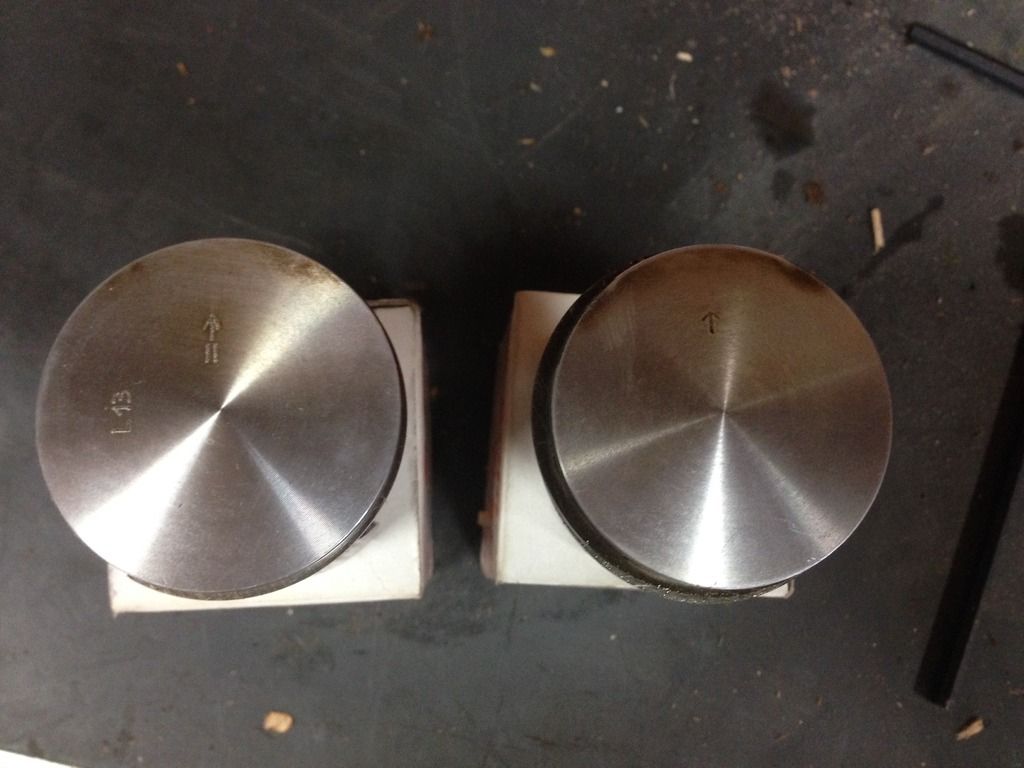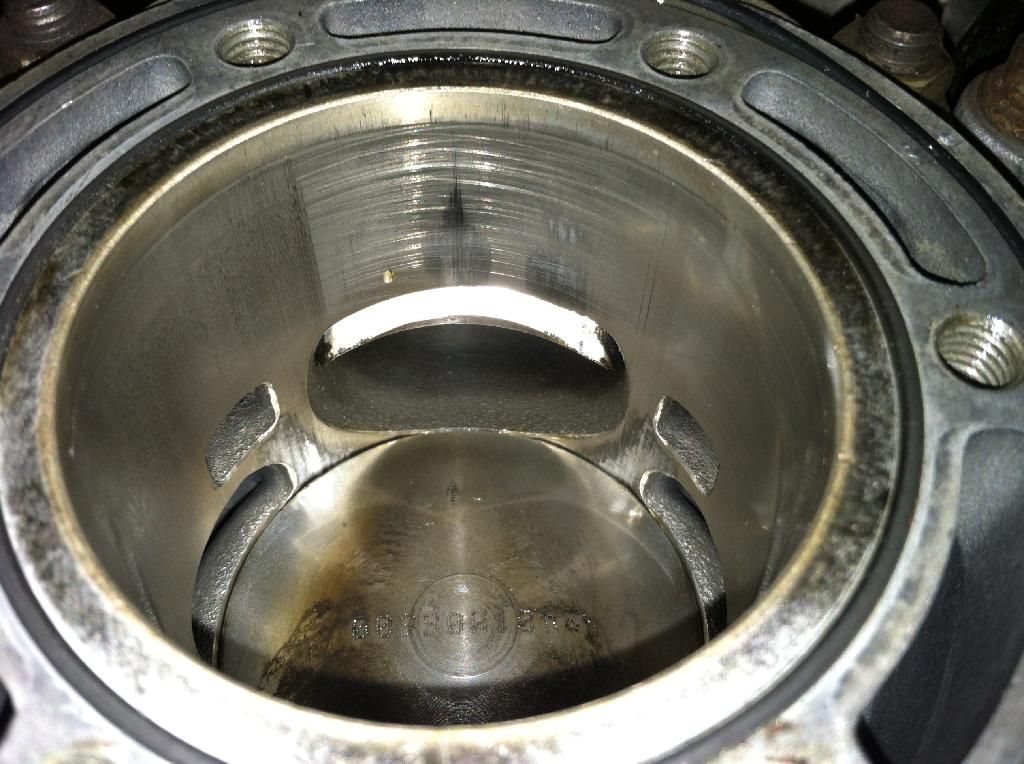some more back n forth
Redbull says -
So let's say hypothetically the performance (times & temps) are all pretty equal between H1R and the others out there. (obviously it's not or stihl would have performed better on the temp readings in my test)
So what sets them apart then is the protection factor?? So what makes H1R better than the others as far as protection?
---------------------------------------------------------------------------------------
Belray says -
The biggest difference between H1-R and the competitors is the base fluid used.
It is, as advertised, a 100% full synthetic ester. Which means there are no fillers or carrier fluids other than the ester which, as well as carrying the additives, is very functional itself. Even among other ester based fluids, some of them only contain a portion of esters, and there are still many various types of esters even within the field of esters! The types of ester that we use, which unfortunately are proprietary, are
extremely good at preventing wear, burn remarkably clean even compared to other esters and have great detergency for removing any buildup.
--------------------------------------------------------------------------
Redbull says -
I want to ask this question again... "H1R does seem to burn clean, but it changes the combustion properties of the fuel mix, you have to open up the jets quite a bit to compensate.....
Why does H1R require more fuel than most other 2T oils?
Your first answer was -
"Many other 2-stroke oils utilize light solvents as carriers in order to better dissolve them in the gasoline and carry the additives easier (some are up to 30% solvent). These light solvents do burn very easily and will attribute to the combustion. The
H1-R is pure oil and does not have any solvents,
this is one of the reasons H1-R can also sometimes be used at a leaner mix ratio than other oils as well."
----------------------------------------------------------------------------------------------------------------------
Belray says -
The solvent answer to why the H1-R typically uses more fuel has just always been accepted by us because it makes the most logical sense. Perhaps there is another and better answer to the question, but so far, we haven't come up with anything that fits otherwise.
I’d be interested to hear someone else’s take on it, but I would be incredibly surprised if it was due to anything regarding the flash point of the oil. Remember, there is only a thin film of oil in the cylinder which makes for a very small total volume. To measure flash point we take about 1 standard cup of oil to get enough vapor to cause it to combust according to the standard method. So the oil vapors that combust, are probably on the scale of micrograms. Maybe it has a much bigger effect than we’ve thought, but to me it seems far fetched. The high content of highly combustible solvents common in a lot of other oils makes much more sense to me.
--------------------------------------------------------------------------------------
Redbull says -
On the message board we are having a discussion about oils. Out of this list -
http://www.arboristsite.com/communi...1-results-info-condensed.277566/#post-5305417
We are primarily looking at R50, H1R, 800, 927, K2, and yamalube 2R. From what I can find these are the make ups of those oils...
Klotz R50 - No info,
Motul 800 - Pure Ester, No Solvent.
Belray H1R - Pure Ester, No Solvent.
Maxima 927 - Castor and ester , No solvent.
Maxima K2 - Ester, polybutene polymer and solvent, 10% solvent
Yamalube 2R - Petroleum Oil. ~20% Solvent.
So out of that list the only pure ester, no solvents are 800 and H1R ?
Do you have any info on R50?
Do any of the oils on that link contain ester?
----------------------------------------------------------------------
Belray says -
Yes on 800 and H1R.
I do not see any available public data, giving that information on R50.
Some of them do contain esters but none of them are full ester (except H1R & 800) without solvent or some mix of petroleum oil.
------------------------------------------------------------------------
Redbull says -
You said earlier that - "Ester, burns very cleanly...residue left behind after burning this type of fluid is almost negligible. Petroleum and some other types of synthetic oils will leave carbon deposits and ash when burned."
I see some of these have Ester and other bases in them...
-------------------------------------------------------------
Belray -
not every ester burns super clean. There are certainly ones that may leave some residues, but for the most part they are cleaner than petroleum, PAO synthetics and polybutene polymers.
---------------------------------------
Redbull says -
IIRC someone said the other type of oil that required opening of the jets had castor in it. Is caster another type of synthetic? Why would it require opening of the jets? Is it thicker? So does H1R have castor in it?
--------------------------------------------------
Belray -
Castor oil is a plant based bio sourced oil. I really don’t know much about it other than that it has a few qualities, but a lot of bad qualities. The bad ones include poor solubility, high resin content, and bad low temperature properties.
H1R is pure ester. No solvents. It does
not have any castor in it.
---------------------------------------------
Redbull says -
why does h1r have a great film strength if the viscosity 100c is only 12.4 ?
------------------------------------
Belray -
The type of ester that is used has a very high polarity so it has a strong bond to metal surfaces, and because of its high stability, it remains intact in high pressure contact points.
----------------------------------

























































